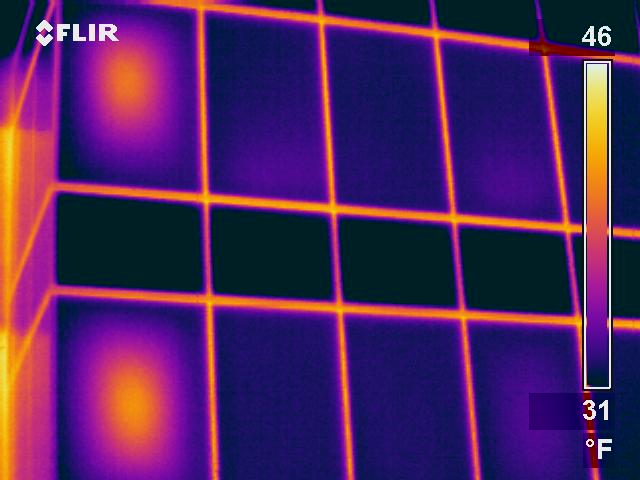IR Inspections of Insulated Windows
Sponsored by:

Tip written by: Infraspection Institute
Infrared inspections of building envelopes can provide evidence of excess energy loss through walls, doors and roofs. Under the right conditions, thermal imagery can also provide evidence of excess energy loss through insulated window assemblies.
Insulated windows are a common feature found on modern commercial and residential structures. Unlike single pane windows, insulated windows are manufactured with an Insulating Glass Unit (IGU). An IGU typically consists of two or more layers (lites) of glazing separated by a spacer along the edge and sealed to create a hermetically sealed air space between the layers. IGUs are then encased within a sash or fixed frame in order to facilitate installation.
In order to increase the insulating performance of an IGU, the air space between the lites may be filled with air or inert gases like argon or krypton. Typically the spacer is filled with desiccant to prevent condensation. For some IGUs, most of the air is removed to further reduce convection and conduction through the finished IGU.
Over time, IGUs seals can fail causing inert gas to be lost and/or allowing humid air to enter the assembly. Unless condensation occurs between the lites, failed IGUs are difficult to detect; however, they may be readily detected using a thermal imager under the proper conditions.

two IGU windows. Pattern typical of failed seals.
Infrared inspection of insulated windows and building envelopes is one of many topics to be covered during Infraspection Institute’s annual technical conference, the 30th Annual IR/INFO being held January 20 – 23, 2019 in New Orleans, LA. For more information or to register, visit us online at www.infraspection.com or call us at 609-239-4788.

